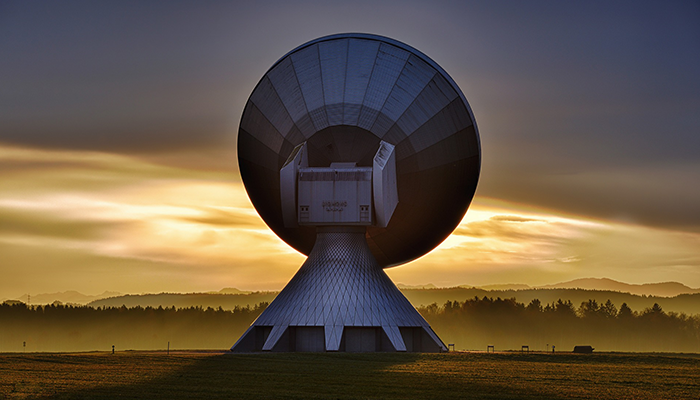Fibre is a game changer when it comes to Internet connectivity. It’s faster, cheaper, weatherproof and theftproof. LTE is quick to install, while Microwave and ADSL – not be as fast as Fibre – are still convenient for those who don’t have Fibre in their area. So why do we need Satellite for Internet connectivity? Can’t we label it “old tech”, take it out of the sky and throw it in the garbage dump along with our IBM PCs from the 90s?
Here’s why Satellite is very much still alive and needed to enable new tech:
Internet at sea
You can’t exactly attach a Fibre line to a cruise ship or expect your LTE to automatically connect when you plug it in, in your cabin. You can however create an Internet connection via a satellite beam when you find yourself in the middle of the Indian Ocean. Having WiFi on a cruise ship may be a luxury, but as the world becomes more and more reliant on Internet connectivity, being connected to the Internet while at sea will start to become a necessity.
Internet in the air
WiFi on a plane is possible through a mobile signal tower connection, but this would be interrupted once a plane flies out of that tower’s range, like over the sea. A satellite connection on the other hand would not be interrupted by this. Similarly to Internet at sea, WiFi in the air may be a luxury now, but a necessity in the future.
Unserviced areas and under-services areas
There are several places around the world that do not have Fibre infrastructure, telephone lines or mobile signal towers in range – think islands, farming areas, non-developed rural areas, etc. Satellite unlike other connectivity options is accessible globally and can provide Internet to the most remote locations on earth. Satellite is one of the most reliable connectivity services and as such is used as a primary or redundant service in serviced and un-serviced areas.
Contender for IoT
According to Business Insider, Elon Musk along with his company SpaceX, are planning to launch a total of 42 000 satellites in Low Earth Orbit (LEO). This is part of an effort to provide Internet access across the globe. Satellite that low in the orbit can produce Internet speeds with latency as little as 15 milliseconds. Companies like Amazon, OneWeb, and Telesat are also working on projects like this.
The question is, why is providing global Internet access of interest to these giant companies? There are probably multiple reasons. One theory is that it will enable the Internet of Things (IoT). Could it be that Elon Musk who is not only the CEO of SpaceX, but also the CEO of Tesla, may have an interest in making Internet accessible on a global scale because it could power up the futuristic driverless electric cars sold by Tesla? Seems beneficial enough. And if Satellite can power up driverless cars, can it not power up other technology?
But what about high cost and slow speeds?
According to Jacques Visser, Head of Wireless at Vox, high latency and high cost will be neutralised by Middle Earth Orbit (MEO) and specifically Low Earth Orbit (LEO) Satellites. “The launch of Low Earth Orbit (LEO) stationary Satellites has kicked off to provide broadband coverage across the globe at a lower cost,” says Visser. “Preparation for a local Low Earth Orbit (LEO) ground station in South Africa is already in process,” he adds.
Visser comments that Oneweb is one of the international role players currently in the process to provide global broadband coverage from Low Earth Orbit (LEO). “This service will be commercially ready in 2021. It is foreseen that throughputs up to 450Mbps with latency less than 50 milliseconds will be possible,” says Visser. “This means that it will not only provide a primary connection anywhere in South Africa, but it can be used as a backhaul for Fibre, Microwave and GSM deployments in remote locations, in a very short time,” he adds.
High throughput Ka-band Satellites from YahClick have already increased throughput speed substantially and decreased the price point of Satellite services in South Africa, to compete with terrestrial GSM services.
To find out more about Vox’s Satellite connectivity packages, visit vox.co.za.












